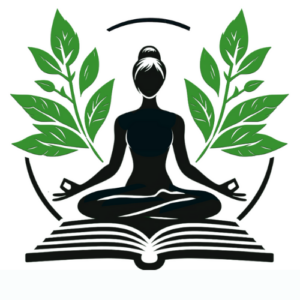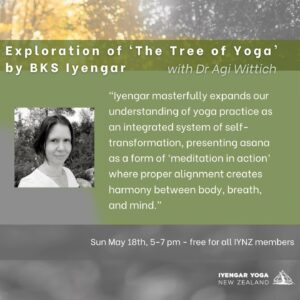The intersection of trauma-informed yoga practice and trigger management presents a significant area of investigation within contemporary therapeutic applications of Iyengar yoga. This examination becomes particularly relevant when considering populations experiencing secondary trauma, such as partners of military personnel, where trauma responses may manifest through complex and often unexpected pathways.
Within the context of trauma studies, triggers are understood as stimuli that activate neurophysiological responses associated with traumatic experiences. These triggers can manifest through various sensory channels and may elicit both psychological and physiological responses. The methodology of trauma-informed Iyengar yoga offers specific approaches to identifying and managing these trauma-related responses through structured somatic exploration.
The practice of yoga facilitates enhanced interoceptive awareness, enabling practitioners to develop increased sensitivity to internal physiological states. This heightened bodily awareness serves as a fundamental tool in identifying precursors to triggered responses, allowing for earlier recognition and more effective management of trauma-related reactions. Through regular practice, practitioners develop refined proprioceptive capabilities that support the identification of subtle physiological changes associated with triggering events.
Methodological Implementation
The structured environment of an Iyengar yoga class provides a controlled setting for systematic exploration of potential triggers. This therapeutic container allows for careful titration of exposure to challenging stimuli, supporting the development of increased capacity for managing triggered responses. The methodology incorporates several key elements:
Body Mapping Techniques
The practice of body mapping emerges as a crucial component in trigger identification. This systematic approach involves careful observation of bodily sensations at multiple points during practice: before, during, and after asana execution. This sequential monitoring enables practitioners to develop detailed awareness of their physiological responses to various stimuli.
Anchoring Practices
Specific asanas serve as somatic anchors, providing stable reference points during periods of heightened arousal. These poses, when practiced with precision and awareness, offer practitioners concrete tools for maintaining present-moment awareness during triggered states. The careful attention to alignment characteristic of Iyengar yoga enhances the effectiveness of these anchoring practices.
Nervous System Regulation
The methodical transitions between states of muscular engagement and relaxation create opportunities for nervous system regulation. This oscillation between effort and ease supports the development of increased autonomic flexibility, enhancing practitioners’ capacity to modulate their physiological responses to triggering stimuli.
The application of these methodologies in clinical settings demonstrates promising outcomes. For instance, in work with partners of military personnel, practitioners have reported increased capacity to identify and manage trauma-related triggers through the application of yoga-based techniques. Case observations indicate that the combination of somatic awareness practices and specific asana sequences supports the development of enhanced self-regulatory capabilities.
The therapeutic efficacy of this approach appears to operate through several mechanisms. Enhanced interoceptive awareness enables earlier recognition of triggered states, while practiced regulatory techniques provide concrete tools for managing these responses. Additionally, the controlled environment of yoga practice offers opportunities for systematic desensitization to triggering stimuli.
The implementation of trigger management techniques requires careful attention to therapeutic boundaries and individual capacity. Practitioners must be supported in working at an appropriate pace that maintains psychological safety while gradually expanding their window of tolerance. The role of qualified instruction becomes particularly significant in this context.
The integration of specific pranayama techniques, including conscious sound production, provides additional tools for managing triggered states. These breathing practices offer immediate interventions for autonomic regulation, supporting practitioners in maintaining presence during challenging experiences.
The development of concrete tools for managing triggers contributes to an enhanced sense of agency among practitioners. This empowerment extends beyond the immediate context of yoga practice, offering practical applications for managing triggered responses in daily life situations.
The observed effectiveness of these approaches suggests several areas for future research investigation. Questions remain regarding the specific mechanisms through which yoga practice supports trigger management, as well as the optimal methods for implementing these techniques with various populations experiencing secondary trauma.
Conclusion
The integration of trigger identification and management techniques within trauma-informed Iyengar yoga practice offers promising applications for individuals managing trauma responses. Through systematic development of somatic awareness and regulatory skills, practitioners can develop enhanced capacity for managing triggered states. This work contributes to the broader field of trauma-informed somatic practices while offering practical applications for individual healing processes.




